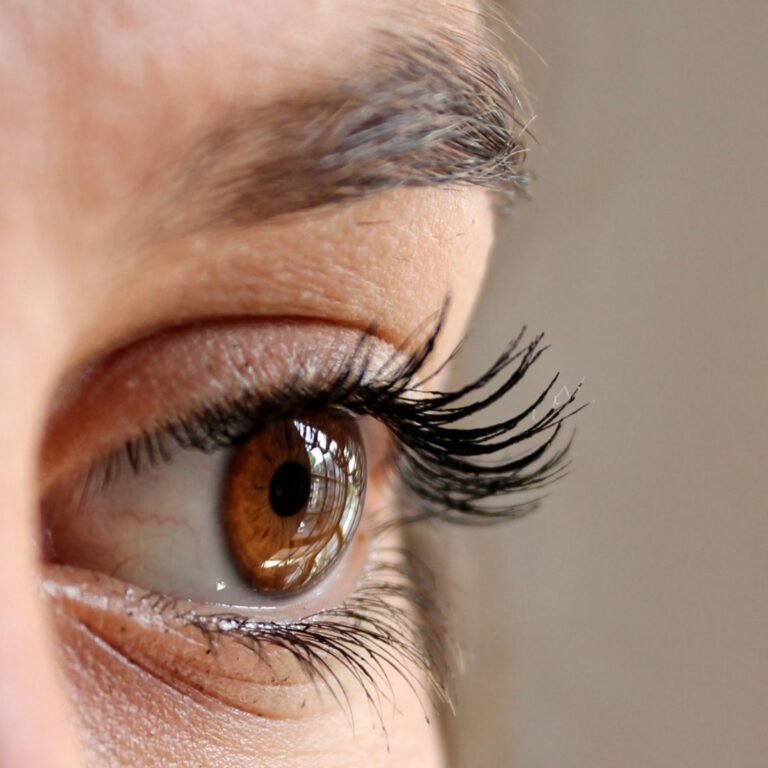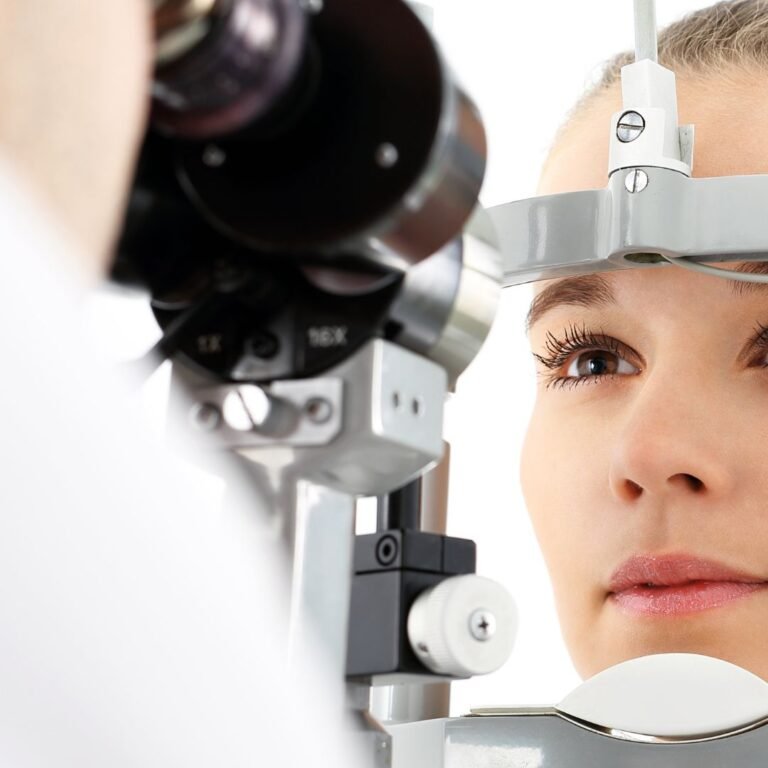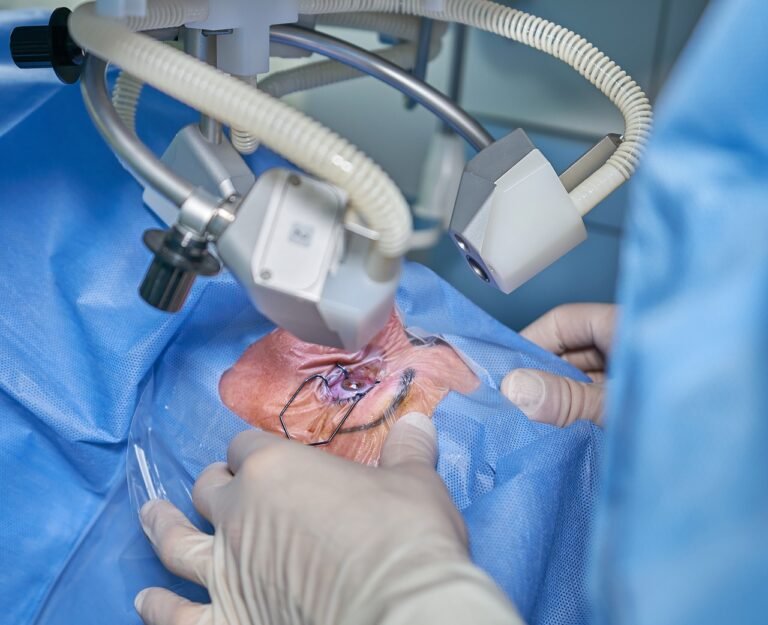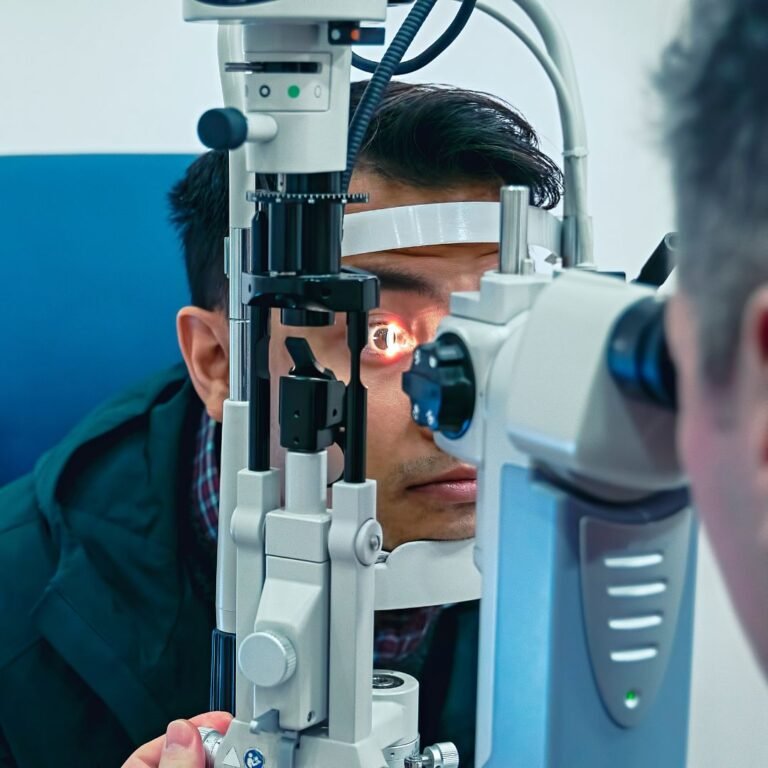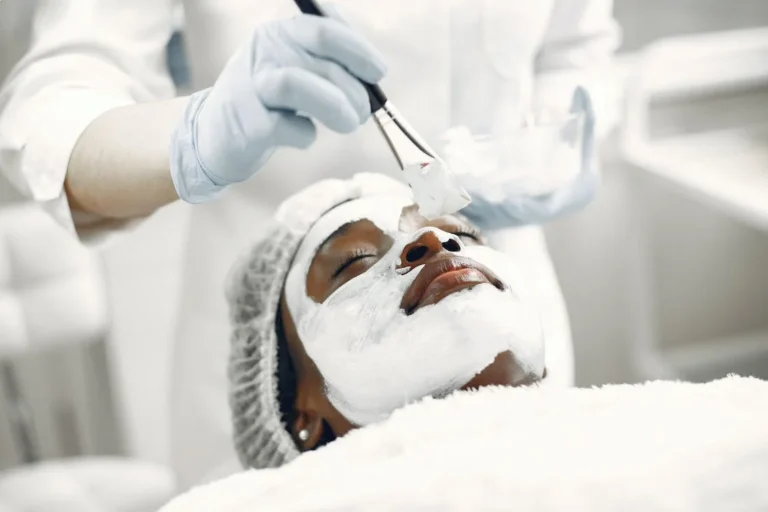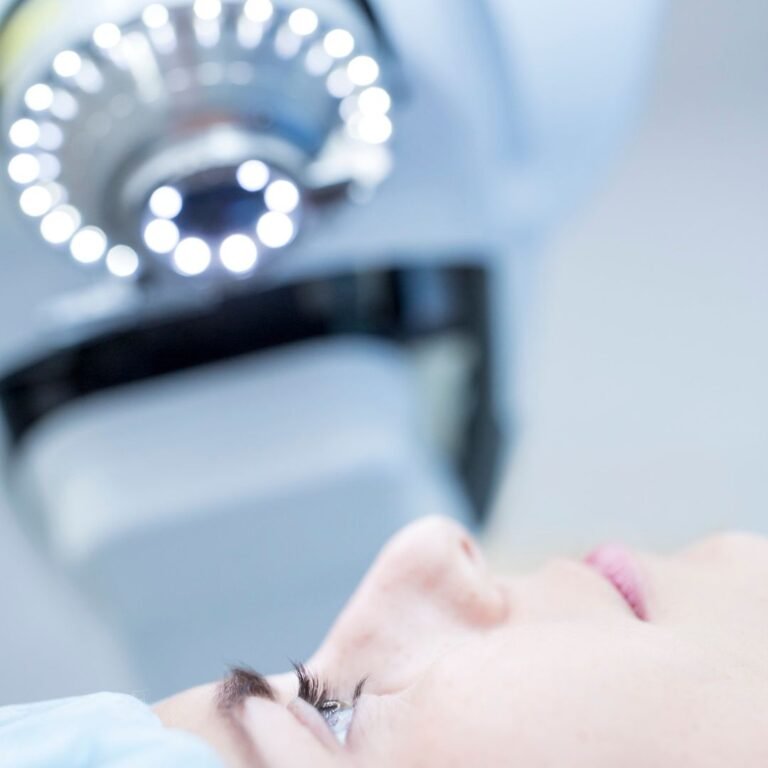LASIK Decoded: A Visual Revolution from Start to Finish
Introduction
Vision problems are widespread, such as difficulty seeing far or near or dealing with blurry vision. Fortunately, refractive surgery provides a solution to address these issues, liberating individuals from their dependence on glasses or contacts.
LASIK is a popular and effective laser eye surgery designed explicitly for spectacle removal among the various options. If you’re seeking the best surgery to bid farewell to your spectacles, consider exploring the unparalleled benefits of LASIK.
For those in Chhattisgarh, discover the optimal eye operation for removing specs, providing a clear path to visual freedom and a life without glasses.
LASIK Surgery
LASIK, short for laser-assisted in situ keratomileuses, is a swift and efficient laser eye procedure that addresses vision problems. This innovative surgery involves reshaping the cornea and optimizing how light focuses on the retina, resulting in remarkably clearer vision. Lasting only 15-20 minutes, the procedure is virtually painless.
LASIK emerges as the forefront solution for those seeking an effective eye operation for removing spectacles. Post-surgery, most find themselves liberated from the need for glasses or contacts, marking a transformative journey toward visual clarity. LASIK offers a reliable and life-changing option if you’re in Chhattisgarh and searching for the best specs removal.
Who Is a Good Candidate for LASIK?
LASIK surgery is a popular and effective procedure for vision correction that may suit individuals experiencing specific refractive errors. You might be a good candidate for LASIK if you have:
1. Nearsightedness (Myopia)
- Description: Myopia is a standard refractive error where distant objects appear blurry while close-up vision remains clear.
- LASIK Correction: During LASIK, the surgeon reshapes the cornea, allowing light to focus directly on the retina, thus improving distance vision.
2. Farsightedness (Hyperopia)
- Description: Hyperopia is a condition where close-up vision is affected, making nearby objects appear blurry.
- LASIK Correction: LASIK can address hyperopia by adjusting the corneal shape, enhancing the eye’s ability to focus on near and distant objects.
3. Astigmatism
- Description: Astigmatism results from an irregular corneal curvature, causing distorted or blurred vision at any distance.
- LASIK Correction: LASIK can correct astigmatism by reshaping the cornea to create a more even curvature, improving how light enters the eye and reducing visual distortions.
Before LASIK Surgery
- Eye screening to check if you’re a suitable candidate.
- Evaluation of pupil size, cornea shape and thickness, refractive errors, eye moisture, and overall eye health.
- Follow the surgeon’s guidelines, like not wearing contact lenses for a specified time.
- Medical history review and detailed eye tests, including refraction, corneal measurements, eye pressure check, and retina evaluation.
During LASIK Procedure
- Local anesthesia is given to prevent discomfort.
- Eyes are positioned under the laser, and a thin flap is created on the cornea using a microkeratome.
- The laser is adjusted based on your refractive needs.
- You look at a light while the laser reshapes the corneal tissue.
- The flap is placed back. The whole process takes 5-10 minutes for each eye.
Immediately After LASIK Surgery
- Rest after surgery expect blurriness, eye pressure, or mild burning/itching.
- Post-operative examination is done.
- Eyes may be temporarily dry; eye drops are prescribed to prevent inflammation or infection.
- Someone should drive you home.
LASIK Surgery Outcome
- Rapid healing with slightly hazy or blurry vision initially.
- Improved vision within a few days.
- Many don’t need glasses or contacts afterward.
- Success varies based on refractive error and other factors.
- Low nearsightedness shows more success; high nearsightedness, farsightedness, or astigmatism may have a less predictable outcome.
Risks and Complications
Although LASIK is considered a generally safe procedure, it is essential to be aware of potential risks and complications. Some common side effects that may occur after LASIK include:
1. Dry Eyes
- Description: Following LASIK, tear production might be temporarily decreased.
- Impact: This can lead to dry eyes, which may cause discomfort or a gritty sensation. It’s typically a short-term issue as tear production stabilizes.
2. Glare, Halos, and Double Vision
- Description: Some individuals may experience visual disturbances, such as glare, halos, or double vision, especially noticeable at night.
- Impact: While these symptoms often diminish as the eyes heal, they can affect night vision during the initial recovery period.
3. Flap-Related Issues
- Description: LASIK involves creating a corneal flap, and although rare, issues related to this flap can occur.
- Impact: Complications may include difficulties in flap positioning or healing. These are infrequent but require careful management to ensure optimal outcomes.
Conclusion
In summary, this blog emphasizes LASIK surgery as the optimal procedure for swiftly and effectively removing spectacles. Tailored for individuals in Chhattisgarh, this laser eye surgery reshapes the cornea, providing clear vision in a few days. Thorough pre-operative assessments ensure suitability, with minimal risks such as temporary dry eyes or visual disturbances. Post-surgery’s rapid healing process often leads to a life free from glasses, making LASIK the best choice for spectacle removal in Chhattisgarh.



